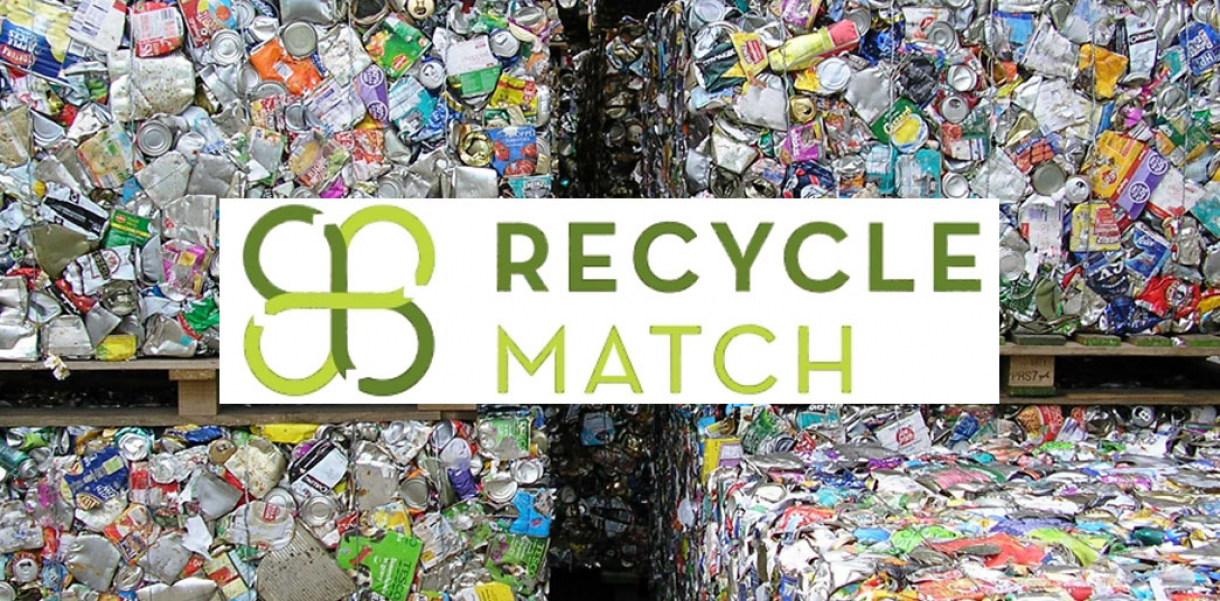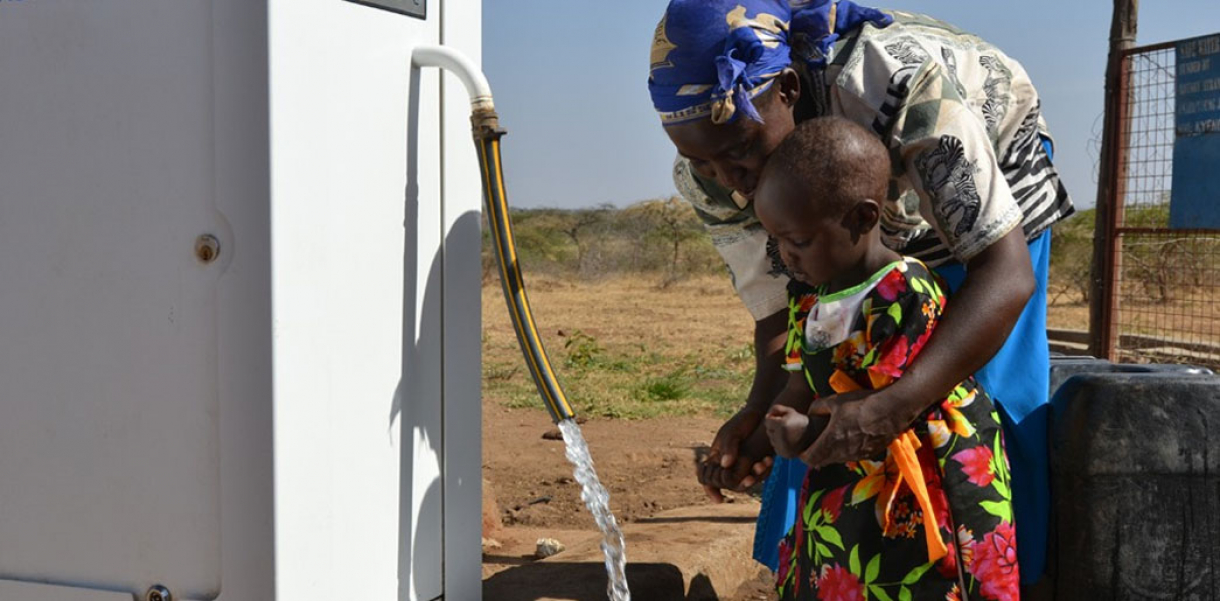Gender equality is one of the biggest issues of our time - there is no arguing this. In many developing countries the value of a girl is thus far inferior to a boy’s and often girls are treated thereafter. In many poor countries, it is - sadly - almost impossible to find girls who have made it out of poverty and are acting as successful breadwinners for their families. However, it has been documented that an educated girl will invest 90% of her future income in her family, compared to 35% for a boy. Yet, the paradox of it is that 250 million adolescent girls living in poverty are more likely than boys to be uneducated, married at a young age, and exposed to HIV/AIDS. And today, less than two cents of every international development dollar go to girls - the demographic most likely to end poverty. So, as long as girls remain invisible and unprioritized, the world misses out on an incredible opportunity for change.
Until now, because The Girl Effect is setting out to increase the perceived value of girls by empowering them through the supremacy of communication, donation and education. Thus, four years ago (2009), the Girl Effect came to life for ONE purpose: To get powerful people to talk about girls; about the movement and about the unique and indisputable potential of adolescent girls to end poverty for themselves and the world.
The Girl Effect is about you using your voice, your talents, and your community to help girls help themselves - and, as a result, everybody else. It’s about giving people the tools and the network they need to spread the word about what girls can do and - with a little elbow grease - change the world.
The people behind the Girl Effect want to help everyone - and 'everyone' includes boys. So, better lives for girls mean better lives for everyone in their communities, including their brothers, fathers, future husbands and future sons. Thus, the organization believes that when a girl’s life is improved through education, health, safety, and opportunity, these changes will go on to have a positive ripple effect.




